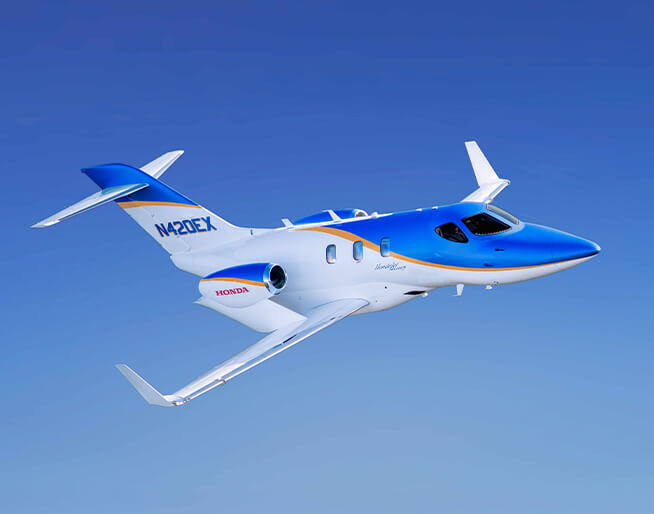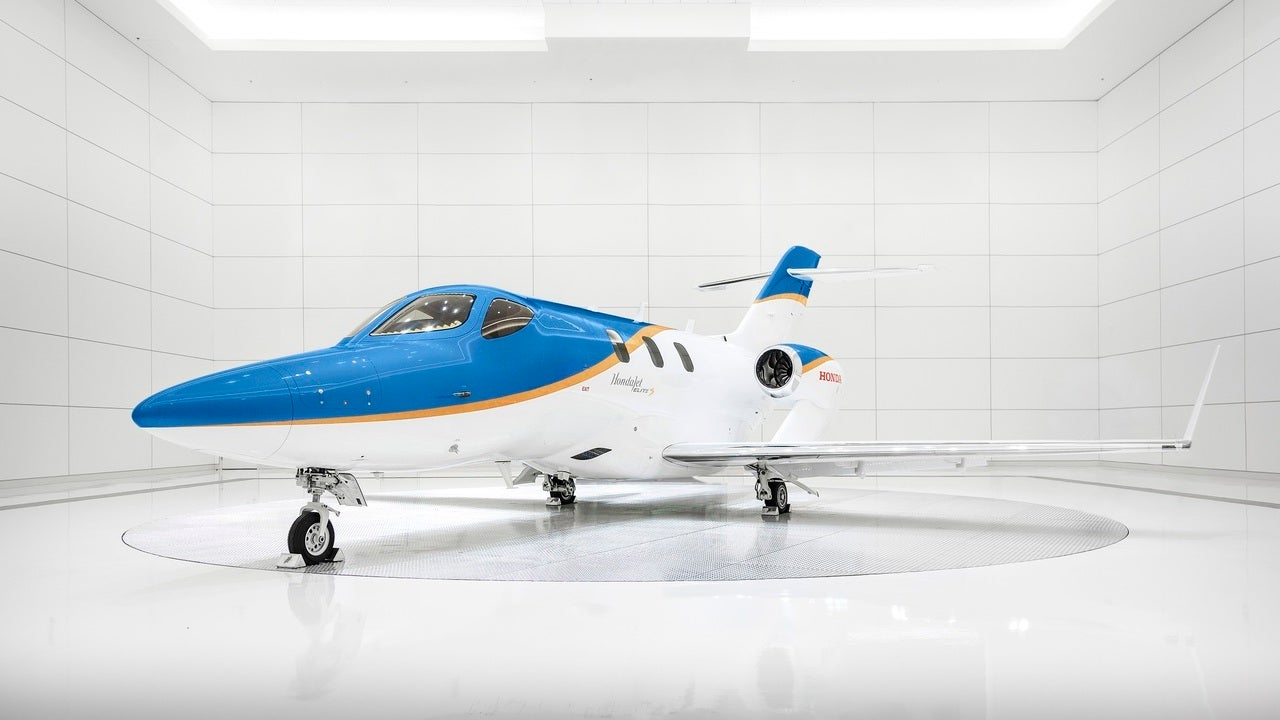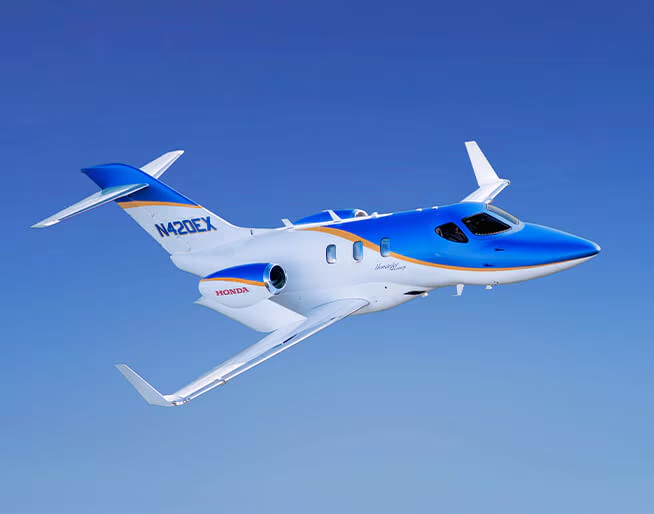The HondaJet Elite S marks a significant milestone in the world of business aviation, combining cutting-edge technology, efficiency, and luxury. Honda Aircraft Company, a subsidiary of Honda Motor Co., Ltd., has consistently pushed the boundaries of what to expect from light jets, and the Elite S is no exception. With its enhanced performance capabilities, improved comfort, and upgraded technology, the Elite S stands as a testament to Honda’s commitment to innovation and excellence in aviation.
Evolution of the HondaJet Series
The journey of Honda in the aviation sector commenced with aspirations to redefine personal air travel. The original HondaJet was introduced to the market in 2015, showcasing pioneering features such as over-the-wing engine mounts and a composite fuselage. These innovations not only improved hydrodynamic efficiency but also reduced drag, resulting in better fuel economy and performance. The Elite version was launched in 2018, further refining the design and enhancing the aircraft’s capabilities. The Elite S continues this evolution, packing even more features intended for business travelers and flight enthusiasts alike.
Design and Aerodynamics
At first glance, the HondaJet Elite S captures attention with its sleek and modern design. One of its most striking features is its over-the-wing engine mount (OTWEM), which is not only aesthetically pleasing but also functional. By lifting the engines above the wings, Honda has effectively minimized cabin noise and maximized aerodynamic efficiency. The unique design leads to a reduced drag coefficient, which enables the aircraft to cruise efficiently.
The aircraft is made from advanced composite materials, which mitigate weight while maintaining structural integrity. This contributes to the HondaJet Elite S having a maximum takeoff weight of 4,700 pounds and a maximum cruise speed of 422 knots (approximately 486 miles per hour). Additionally, its range is notably impressive, with the ability to fly up to 1,440 nautical miles (approximately 1,657 miles) without refueling, allowing it to service many regional business routes effectively.
Performance and Efficiency
Performance is where the HondaJet Elite S truly shines. Equipped with two GE Honda HF120 turbofan engines, each producing 2,050 pounds of thrust, this aircraft can climb to an altitude of 43,000 feet within a remarkably short time frame. The turbo fans are known for their fuel efficiency and reduced emissions, addressing two significant concerns prevalent in the aviation industry. In an era where sustainability is increasingly paramount, the Elite S serves as a beacon of innovation by meeting stringent emissions regulations while delivering high performance.
Moreover, the HondaJet Elite S observes financial efficiency through its operational costs. Its competitive fuel consumption and maintenance costs make it an attractive option for businesses looking to optimize travel budgets without compromising on comfort and speed.
Cabin Comfort and Technology
The interior of the HondaJet Elite S is an oasis of comfort and sophistication. The cabin design can be configured for up to six passengers in a spacious layout, allowing for an environment conducive to work or relaxation. The patented design utilizes a flat-floor cabin concept, a rarity in the light jet category, enabling easy movement throughout the cabin.
Honda has also focused on enhancing the cabin environment with soundproofing technologies and customizable lighting options. The ergonomically designed seats are fitted with luxury materials, and passengers have access to a range of in-flight entertainment options. The addition of larger windows compared to earlier models allows ample natural light into the cabin, further elevating the flying experience.
The cockpit of the Elite S embodies state-of-the-art avionics, featuring the HondaJet’s signature advanced integrated flight deck. This setup includes dual 14-inch displays that provide essential flight information in real-time, enhancing situational awareness and simplifying pilot workload. The aircraft is also equipped with advanced navigation systems and autopilot capabilities, allowing for smoother and more efficient operations.
Safety Features
Safety is paramount in aviation, and the HondaJet Elite S embodies this principle with its robust suite of safety features. The aircraft comes standard with a series of safety enhancements, including advanced redundancy systems which guard against potential failures. The cockpit boasts a Traffic Collision Avoidance System (TCAS) and an Enhanced Ground Proximity Warning System (EGPWS), further minimizing risks during flight operations.

In addition to these technological measures, Honda places a strong emphasis on pilot training and education, ensuring that all operators are equipped with the knowledge and skills necessary to navigate the challenges of modern aviation safely.
Conclusion
The HondaJet Elite S represents the culmination of years of research and development, showcasing Honda Aircraft Company’s unwavering dedication to excellence in the aviation industry. With its sophisticated design, enhanced performance capabilities, and commitment to comfort and safety, the Elite S is a frontrunner in the light jet market, appealing to executives and travel enthusiasts alike. In a world where every minute counts, the HondaJet Elite S provides a seamless blend of luxury and efficiency, ensuring that there is no compromise on the quality of air travel for its passengers. As Honda continues to innovate and push the boundaries, the future of light business aviation looks exceedingly bright, with the Elite S leading the charge.


1 comment
oqaf35